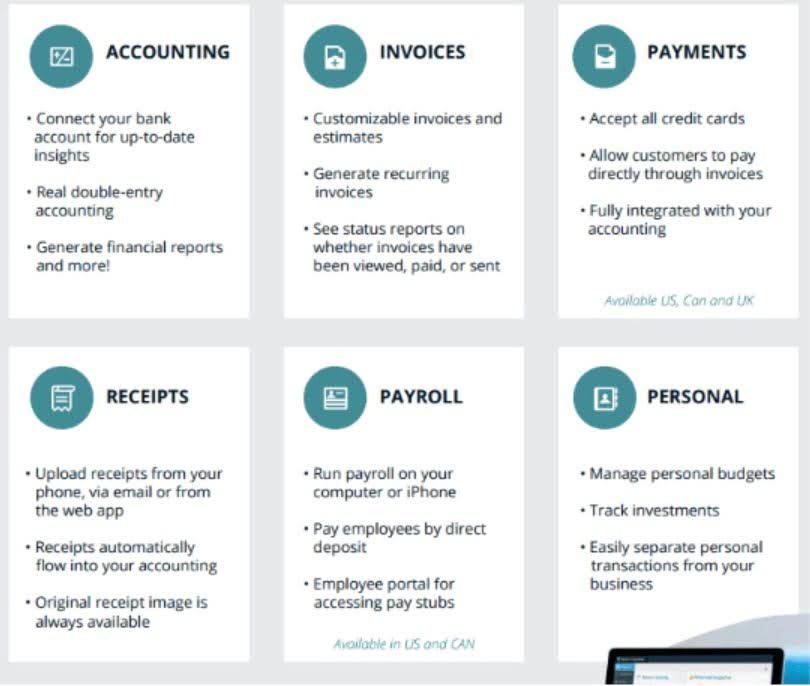A number of company activities can change its number of shares outstanding. It can issue a new round of stock in order to raise money for expansion. It can split its stock to reward its current investors and to make its price per share more tempting to new investors.
Types of Earnings Per Share
In addition to the stocks they issue to investors and executives, many companies offer stock options and warrants. These are instruments that give the holder a right to purchase more stock from the company’s treasury. Every time one of these instruments is activated, the float and shares outstanding increase while the number of treasury stocks decreases. If all these warrants are activated, then XYZ will have to sell 100 shares from its treasury to the warrant holders.
Diluted Earnings Per Share
- The number of outstanding shares changes periodically as the company issues new shares or repurchases existing shares, splits its stock or reverse-splits it.
- In the above example, if the reporting periods were each half of a year, the resulting weighted average of outstanding shares would be equal to 150,000.
- Because it represents the actual cash paid to shareholders, potential investors pay close attention to cash earnings per share.
- If all these warrants are activated, XYZ will have to sell 100 shares from its treasury to the warrant holders.
Because they are generally entitled to a certain dividend and are reimbursed in the event of a company’s collapse, preferred stockholders have less risk than common stockholders. Preferred shares, as the name implies, give preference to preferred shareholders and pay them dividends before common ones. This implies that before common shareholders can claim the assets in a company, bondholders, preferred shareholders, employees, and creditors must be repaid completely. From an investment standpoint, common stockholders usually profit more handsomely in the long run. Investing in the stock market is a lucrative way of life that can enable people who are not ready to start their own businesses to profit from existing firms. On the balance sheet, there is a line item description that states the number of shares outstanding.
Weighted Average of Outstanding Shares FAQs
This implies that noncumulative shareholders do not build up over time as cumulative preferred investors pay dividends in arrears. Once you know how to calculate the outstanding shares, you can use this number to calculate a number of valuation metrics, or measures of a company’s performance and future earnings potential. A higher number of outstanding stocks means a more stable company given greater price stability as it takes many more shares traded to create a significant movement in the stock price.
The Variations of Earnings Per Share
For example, the difference between the number of shares currently outstanding and the number of shares fully diluted is comparatively likely to be significant for fast-growing technology companies. These companies aggressively fund their growth by using convertible debt and paying employees with stock incentives. By contrast, many older stalwart companies are likely to have a number of shares outstanding that matches its number of shares fully diluted. Typically, investors calculate outstanding shares quarterly or annually when reviewing financial reports. Overall, the number of shares outstanding, the metrics you can calculate from it, and related metrics — like the float — provide key insights to how do you calculate outstanding shares investors. Here, the balance sheet reports 8,019 million shares issued and 3,901 million treasury shares, as of September 30, 2022.
For a loss-making company, the diluted share count will reduce loss per share, since the net loss is being spread over a larger amount of shares. Options and warrants are one aspect of the difference between basic shares outstanding and diluted shares outstanding. Assume that Company A has 100 million https://www.bookstime.com/ shares outstanding and a trading price of $10.
- Importantly, the number of shares outstanding is dynamic and fluctuates over time.
- Though, there are specific steps the shareholder must take before converting this type of preferred share to a common one.
- If you’re interested in learning about common stock, you may also in learning about the best broker available for your needs, so visit our broker center to discover the possibilities.
- Some shares are transferable, which means the shareholder can give them to another person according to company rules.
- The market cap is calculated by multiplying the current market price per share by the total number of outstanding shares.
- A company generally embarks on a reverse split or share consolidation to bring its share price into the minimum range necessary to satisfy exchange listing requirements.
Outstanding shares of stock is the kind of stock issued by the company that is owned by investors, rather than by corporations themselves. Basic shares mean the number of outstanding stocks currently outstanding, while the fully diluted number considers things such as warrants, capital notes, and convertible stock. In other words, the fully diluted number of Stocks outstanding tells you how many outstanding stocks there could potentially be. Treasury shares are the portion of shares that a company keeps in its own treasury. These shares are not considered outstanding because they are not held by public or institutional investors. In certain cases, notably for companies that are aggressively issuing shares or debt, public data should be augmented with a reading of SEC filings.
Do you already work with a financial advisor?
As we already explained, shares that https://www.facebook.com/BooksTimeInc/ can be freely bought and sold by public investors are called the float. This value changes depending on whether the company wishes to repurchase shares from the market or sell out more of its authorized shares from within its treasury. Total outstanding shares represent the number of shares of a company’s stock that are currently held by all its shareholders, including institutional investors, company insiders, and the public. The company has issued these shares, and are in the hands of investors who may buy and sell them on the open market. The weighted average shares outstanding figure smooths out this variance, by simply averaging the share count across the reporting period.
- Many companies buy back shares as part of their capital allocation strategy.
- Stock buybacks, for instance, reduce the number of outstanding shares, potentially boosting the company’s earnings per share (EPS) and making each share more valuable.
- Navigating the world of outstanding shares is essential for anyone involved in the financial markets.
- The company hasn’t taken action yet; it’s just gotten approval to take action and sell some shares if it chooses to.
- A company’s outstanding shares decrease when there is a reverse stock split.
- It can issue a new round of stock in order to raise money for expansion.
Calculating Market Value of Equity
Diluted EPS is usually lower than basic EPS because it takes into account the potential dilution of earnings that could occur if all dilutive securities were exercised. Next, you’ll want to look for the common stock line item on the company’s balance sheet. Common stock is the main class of stock that the company issues to investors. Investors who hold common stock exercise control by being able to vote on corporate policy and electing the company’s board of directors.



